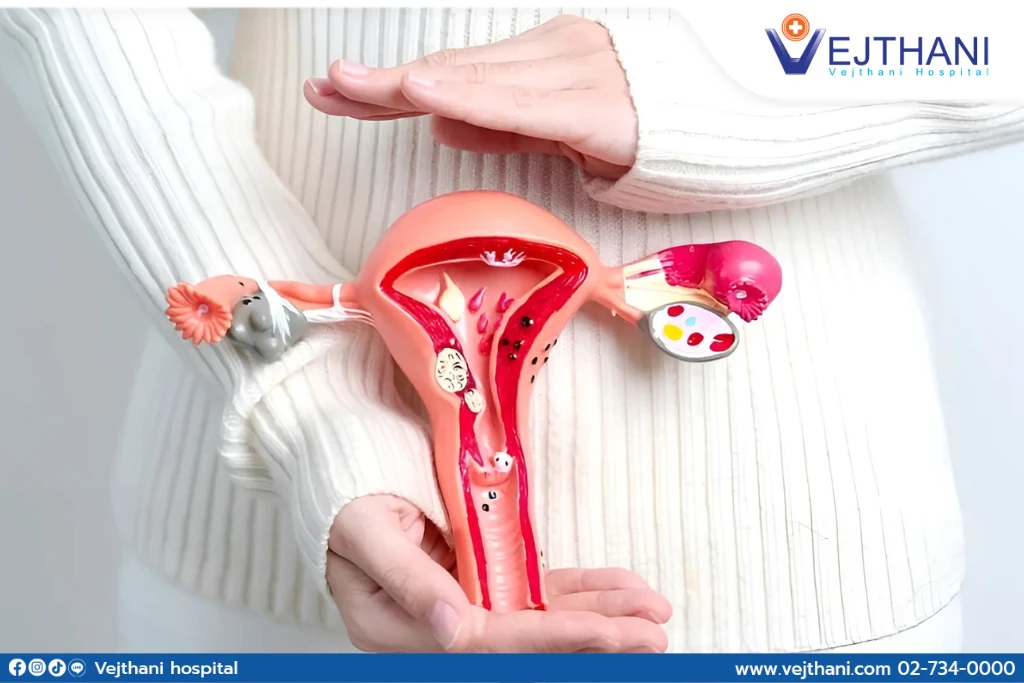

Leukorrhea refers to a vaginal discharge that can vary in consistency, color, and smell.
The condition or type of discharge can indicate underlying health concerns, and it’s essential to understand what’s normal, what’s not, and when to seek medical support.
Understanding Normal vs. Abnormal Leukorrhea Discharge
Distinguishing between normal and abnormal leukorrhea discharge is crucial. Healthy vaginal discharge is typically odorless, clear, or white. It may vary in consistency, sometimes thin and watery, other times thicker and sticky. The amount can fluctuate throughout your menstrual cycle, often increasing around ovulation and before your period.
If your discharge deviates from this description, it could signal an underlying health issue. Here’s a breakdown of abnormalities that could be a cause for concern:
- Color: Green, yellow, brown, or gray discharge can indicate an infection.
- Odor: A strong, fishy odor might suggest bacterial vaginosis, while a yeasty smell could point towards a yeast infection.
- Consistency: Thick, clumpy discharge is often associated with infections.
- Symptoms: Burning, itching, or irritation around the vagina alongside abnormal discharge.
What Are The Causes?
Leukorrhea can be caused by physiological or pathological factors:
Physiological Causes
- Menstrual Cycle: Hormonal changes throughout your cycle influence discharge.
- Pregnancy: Increased discharge is common during pregnancy due to hormonal fluctuations.
- Ovulation: Discharge becomes thin and stretchy around ovulation, aiding sperm transport.
- Sexual Arousal: Discharge can increase during sexual arousal as part of natural lubrication.
Pathological Causes
- Bacterial Vaginosis: An imbalance of bacteria in the vagina can cause a gray discharge with a fishy odor.
- Yeast Infection: Overgrowth of fungus (Candida) leads to a thick, white, clumpy discharge with a yeasty smell.
- Trichomoniasis: A parasitic infection can cause a frothy, greenish-yellow discharge with a foul odor.
- Sexually Transmitted Infections (STIs): Certain STIs like Chlamydia or gonorrhea can cause abnormal discharge.
Symptoms and Diagnosis
Proper diagnosis and timely recognition of symptoms are crucial for effectively managing abnormal leukorrhea. While abnormal discharge itself can be a symptom, it’s often accompanied by other signs like itching, burning, pain during intercourse, or changes in urination. If you experience any of these, it’s vital to see a doctor.
Diagnosis typically involves patient history evaluation, a pelvic exam, and potentially a swab of the discharge for laboratory testing. Depending on the suspected cause, further tests might be needed. These procedures help to identify infections, hormonal imbalances, or other medical conditions contributing to the abnormal leukorrhea discharge.
Leukorrhea Treatment
Treatment for abnormal leukorrhea depends on the underlying cause. Bacterial vaginosis and yeast infections are treated with antibiotics or antifungal medications, respectively. Trichomoniasis requires treatment for both you and your sexual partner. STIs require specific antibiotics based on the type of infection.
For non-infectious causes, treatment may involve addressing the underlying condition, such as hormonal imbalances.
Lifestyle changes such as maintaining proper hygiene and avoiding irritants such as scented products can help reduce or prevent abnormal leukorrhea discharge. Additionally, practicing safe sex and staying hydrated is also crucial.
Prevention
Maintaining good hygiene practices can help prevent some causes of leukorrhea:
- Wash your vulva daily with warm water and mild, fragrance-free soap.
- Wipe from front to back after using the toilet to prevent bacteria from entering the vagina.
- Wear cotton underwear that allows for good airflow.
- Avoid douching, which can disrupt the natural balance of vaginal flora.
- Practice safe sex by using condoms consistently.
When To See A Doctor
If you experience any of the following, schedule an appointment with your doctor:
- Persistent or recurring abnormal discharge
- Changes in the color, consistency, or odor of discharge
- Discharge accompanied by itching, burning, or pain
- Vaginal bleeding or spotting outside your menstrual cycle
Complications and Risks
Left untreated, some infections that cause leukorrhea can lead to complications like pelvic inflammatory disease (PID), which can affect fertility. Early diagnosis and treatment are crucial to prevent such risks.
Contact Vejthani Hospital Today
If you are experiencing abnormal leukorrhea discharge, seeking professional medical advice is the first step.
Women’s Health Center at Vejthani is dedicated to helping women regain control of their reproductive and overall well-being. We offer comprehensive evaluation and treatment options for abnormal leukorrhea discharge. Whether you require outpatient or inpatient treatment, Vejthani is equipped with state-of-the-art technology to ensure the most modern and effective treatment methods. Thousands of patients have relied on us for exceptional, international-standard care.
For more information, please contact
Women’s Health Center, Vejthani Hospital
Call: (+66)2-734-0000 Ext. 3200, 3204
English Hotline: (+66)85-223-8888
- Readers Rating
- Rated 4.9 stars
4.9 / 5 ( Reviewers) - Spectacular
- Your Rating





























